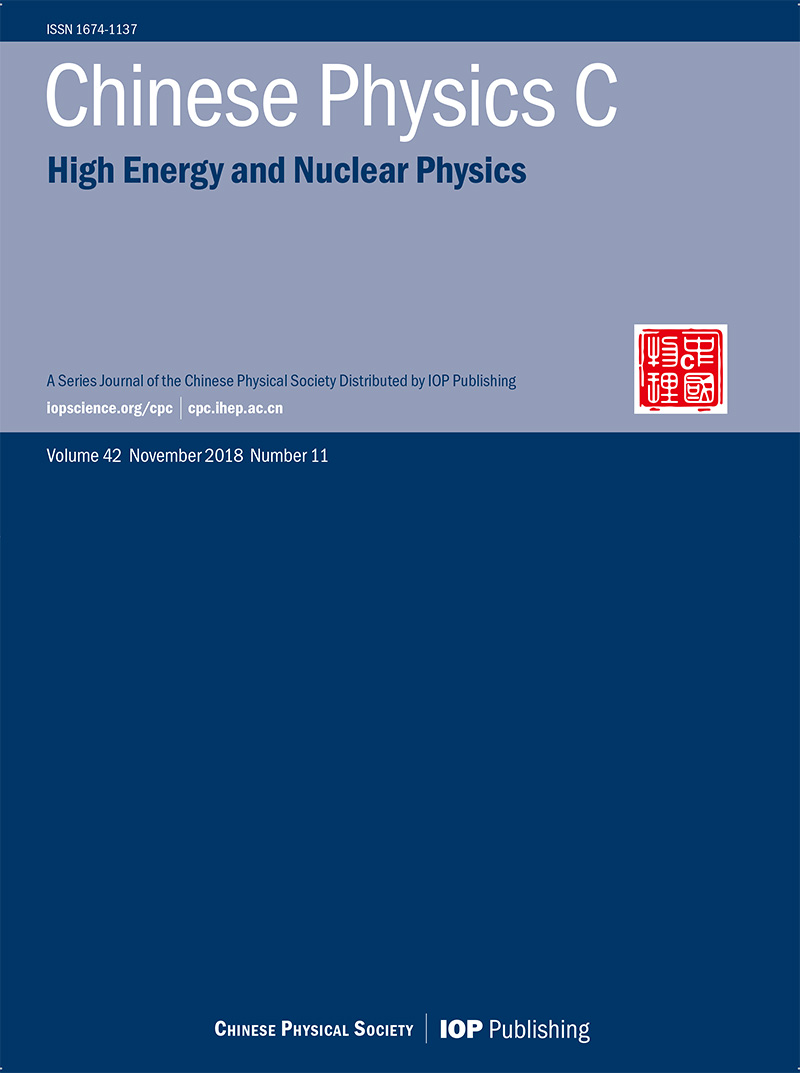Cover Story (Issue 12, 2024) | Doubly heavy meson puzzle: precise prediction of the mass spectra and hadronic decay with coupled channel effects to hunt for beauty-charm family
Author:Prof. Xing-Gang Wu (Chongqing University)
Doubly heavy meson,which is composed of two heavy flavor quarks such as beauty and (or) charmquarks, offers a unique platform to study the nature of strong interactionsdescribed by quantum chromodynamics (QCD) — the underlying theory of the strong nuclear forces. Compared to other mesonic systems, our understanding of the flavored beauty-charm meson system is extremely limited, especially on the experimental aspect.
In different to J/y meson that has already beenobserved in 1974, it is hard to observe the beauty-charm meson at theelectron-position colliders if we do not have enough integrated luminosities[1]. In 1993, Ref. [2] pointed out the cross-sections at the hadronic collidersas Tevatron and LHC are sufficiently large for observing the beauty-charmmeson. Five years later, the CDF Collaboration announced their firstobservation of the ground state Bc meson via its ''golden decay channels'' [3]. Till now, the ATLAS, CMS and LHCbcollaboration at the LHC have announced many more observations. However, onlythree members of beauty-charm meson family have been firmly identified. Theexistence of a fourth member Bc*(1S) has been indirectly suggested, but itsmass and lifetime remain unknown. This highlights the critical need for boththeoretical and experimental studies of the mass spectrum, production mechanisms, and decay properties of beauty-charm mesons.
A recent study detailed in an article [4] provides an important step forward of the field, which systematically exploresthe mass spectra and their two-body hadronic decays of the beauty-charm mesonfamily within the coupled channel effects. Compared to previous results basedon the traditional quark model, this work investigates the beauty-charm systemwithin a coupled-channel framework under an unquenched picture. In this approach, the beauty-charm mesons are no longer treated as traditional two-quark systems but also include components of bottomed meson–charmed meson molecular states. Using the QCD-inspired pair-creation mechanism, the authors have found that such coupling channel effect is particularly significant for higher excited states, contributing notably to the mass shiftsand the strong decay widths. This property enriches our understanding of themeson structure.
The paper also explores the mixing effects among physical states with the same quantum numbers and addresses practical issues such as the experimental search for highly excited beauty-charm states which have not yet been discovered. These efforts are instrumental in establishing the beauty-charm meson family, understanding their internal structures, and shedding light on the color confinement mechanism in QCD.
[1]C. H. Chang and Y. Q, Chen, Phys. Lett. B, 284, 1 (1992) 127.
[2]C. H. Chang and Y. Q, Chen, Phys. Rev. D, 48, 9 (1993) 4086.
[3]F. Abe et al. [CDF], Phys. Rev. Lett., 81, 12 (1998) 2432.














